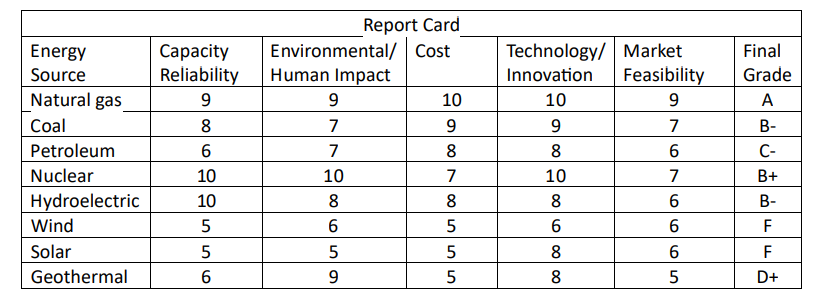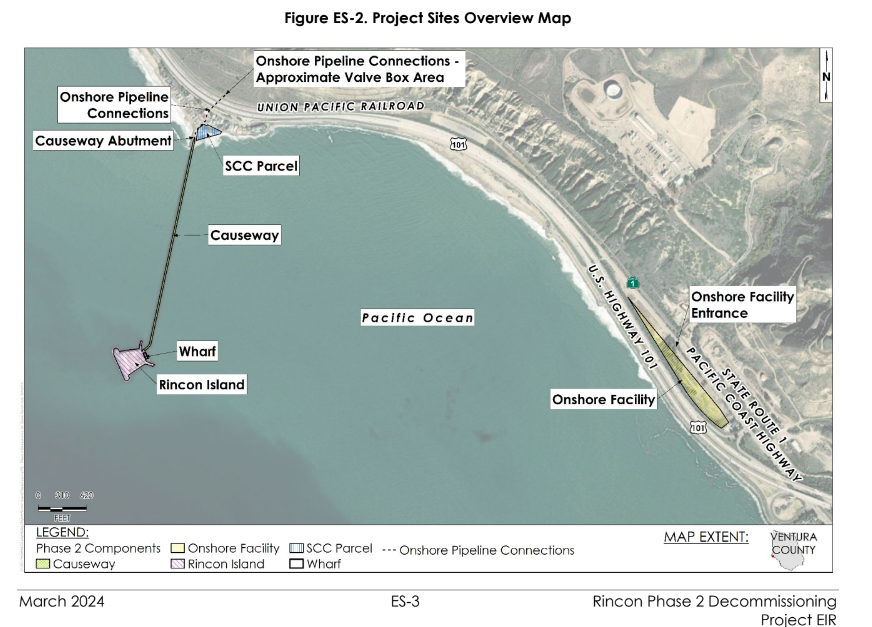… to be able to speak openly and candidly about issues that have been an important part of my professional life for more than a half century.
Whether you represent Big Oil, Big Gas, Big Wind, Big Green, Big Stick (regulators 😀), Big Swamp (Washington DC friends 😉), or none of the above, thank you for visiting this modest, independent blog.
Regardless of your faith, nationality, political views, or thoughts about world events and offshore energy, I hope you have the opportunity to spend time with friends and family this weekend.









